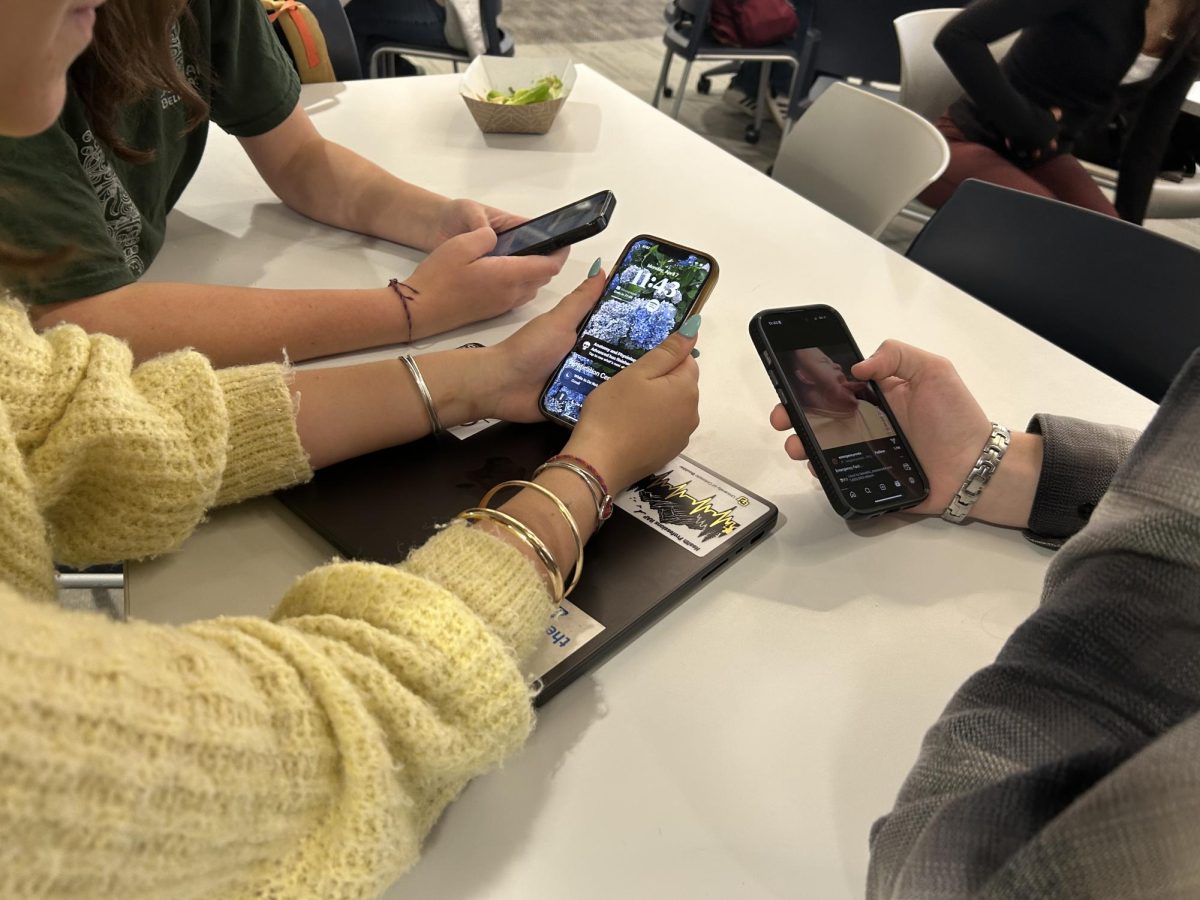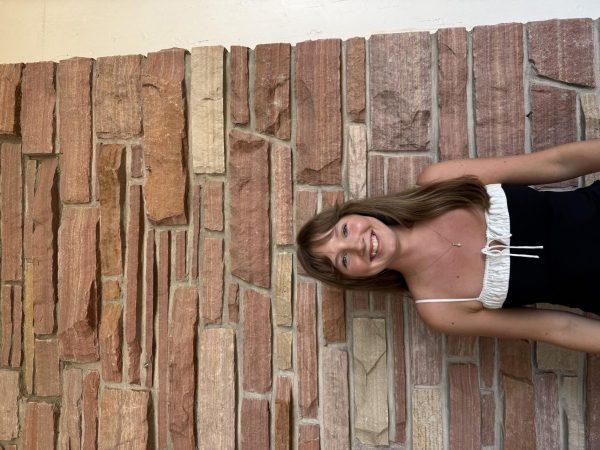It has been three months since BVSD enforced ‘Away for the Day’, a policy that requires phones to be turned off and in backpacks or lockers from 8:35 a.m. to 3:55 p.m. BVSD cited The Anxious Generation by Jonathan Hait and survey statistics to garner support for this policy at the district level. 54% of teens agree social media distracts them from the people they are with, and test scores have improved by 6% when schools haven’t allowed phones. In the first few days of the policy, it was common to see Dr. Morales and the assistant principals standing in the courtyards ready to snatch students’ phones. Now, students know which teachers will turn a blind eye to phones and with whom they must remain ‘away for the day’. As a student, I have seen my peers get more sneaky about hiding phones rather than having their phones in their backpacks, though at the same time the classroom environment improved. Until recently. Now as the phone policy becomes old news, teachers and students are falling back into old habits. Dr. Ricker has “seen an uptick recently in phones outside the classroom. Actually inside the classroom as well, I’ve started taking more phones again.”
Rowan Lopez Torres, ‘27, expressed a common criticism of the phone policy. “I feel that the policy could be way better than it is. A lot of teachers had their own system to deal with people being on their phones and it was way better than what we are doing now, because despite the policy, there are still a lot of people on their phones all the time. It’s just that we are getting more sneaky about it. So it’s just not as effective as teachers believe it is.” Ms. Shirai agreed with this, saying “I have had to wonder how much more sneaky the behavior has gotten that I’m not necessarily seeing in my classroom if I’m honest.”
When asked, Ms. Lucero said “I think that the [BVSD phone policy] has been a great thing, but I don’t think that it’s been fully enforced. [Administration] has sometimes been good, but I also think that the enforcement has dwindled–and the consequences have dwindled as well–from what they were at the start of the semester. I have mainly only taken [phones] in class,” even though “in hallways or the cafeteria or stuff like that I see kids with them.” Giselle Sanchez, ‘28, understands the need for the policy but feels that it is too restrictive, stating “They are taking it way too seriously because we can’t have it in lunch and our off period… or like if you’re in a class when you’re not doing anything, that [should] be fine.”
Ms. Shirai offers, “I understand the concern that people have about cell phones being a big distraction during the day. However, I feel that the new policy is a bit too restrictive. I myself need to use a cell phone to be in touch with my family in the middle of the day to reschedule appointments, etc. And I understand sometimes my students need this as well. Maybe a piano lesson is being canceled or a friend is suddenly sick and can’t come over and how are they going to communicate that without the phone? I find that difficult. So I believe in the hallways and the lunch room should still be allowed.”
Noi Taraschuk, ‘27, has a different perspective on the policy. “I keep my phone away for the day, for a distraction-free BVSD. I am an avid supporter of it. I make sure to turn off my phone before I even enter the school building and make sure to tell off random people who I see on their phones in hallways and classes.”
Overall, students agreed that the policy is too restrictive and not working very well. Perhaps Dr. Ricker wrapped it up best: “I haven’t had any issues with [taking phones] but as far as overall enforcement, I like that we’ve done it but I do feel like it’s backsliding and something needs to change if we are going to maintain it.”



